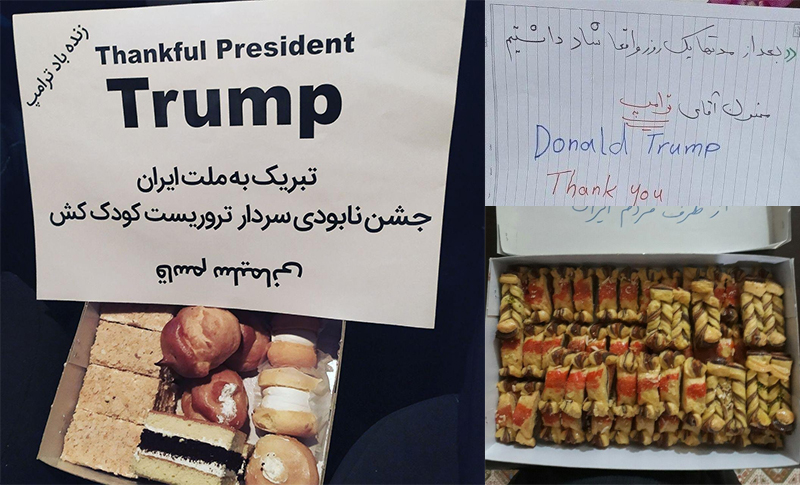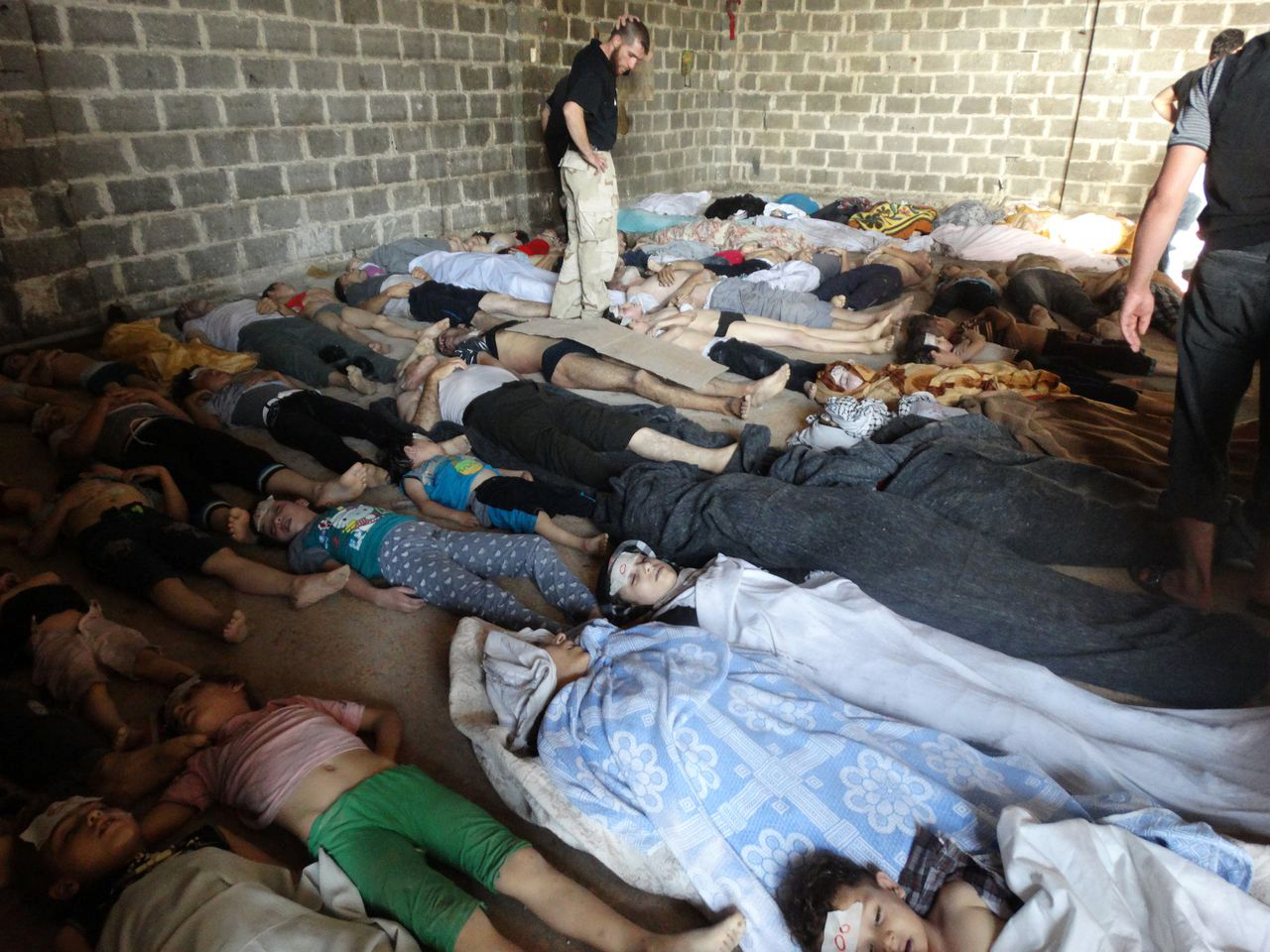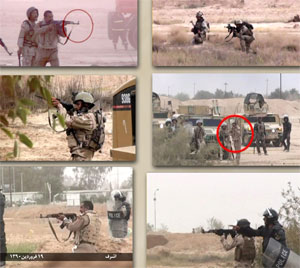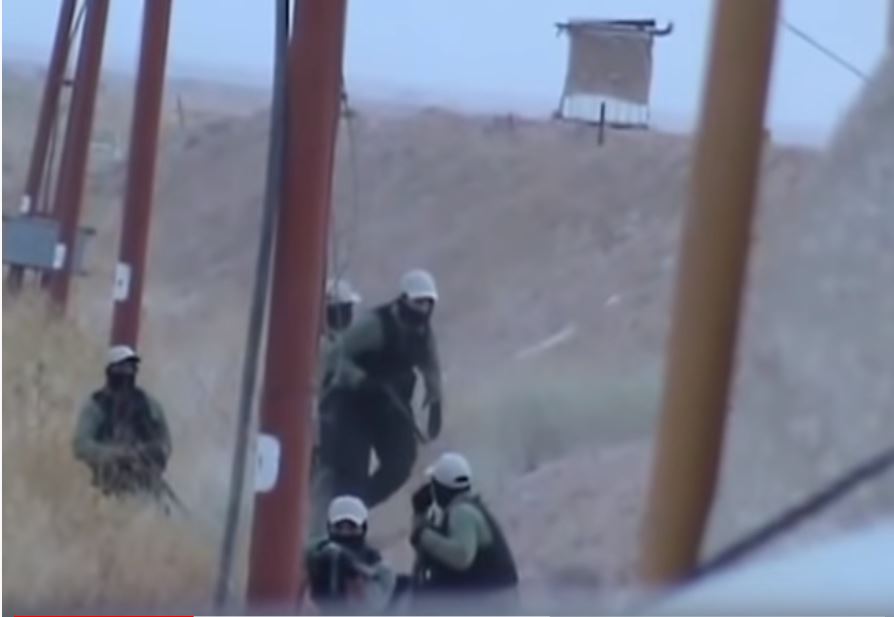

By Navid Felker
Minutes after Iraqi people heard the news, they stormed onto the streets of the country to celebrate the death of two hangmen Qasem Soleimani and Abu Mahdi al-Muhandis by a U.S. airstrike early on Friday January 3, 2020. A wave of passion and happiness spread throughout Iran, Iraq and Syria.
Millions around the world payed attention to the videos and pictures of Iraqi people’s happiness and celebration in Freedom Square of Baghdad. This is while the corrupt government of Iraq had announced three days of public mourning.
Also, in Syria and Iran, where the regime had announced three days of public mourning for Soleimani’s death, people celebrated the death of the hangman by distributing sweets and pastries.
Attention DC politicians & “experts” criticizing @realDonaldTrump
Farsi notes from inside #Iran:
“We had a really joyous day after a very long time”
“Thank you, dear Trump”
“Long live Trump”
“Hats off to you, President Trump – From the people of Iran”Credit: @IranNW pic.twitter.com/mSK4iQmsJI
— Heshmat Alavi (@HeshmatAlavi) January 4, 2020
The question is: what had Soleimani done that people are so happy about his death in Iran and neighboring countries?
Attention DC politicians & “experts” criticizing Trump
Ahvaz, SW #Iran
People celebrating the killing of IRGC Quds Force chief Qasem Soleimani. The IRGC was responsible for killing & wounding at least hundreds of locals during the November uprising.pic.twitter.com/2hVOQIxfdW— Heshmat Alavi (@HeshmatAlavi) January 4, 2020
Soleimani Before Iran’s 1979 Revolution
Qasem Soleimani was born on March 11, 1957 in a village close to Raber county in Kerman, a province in southeast Iran. He left Raber when he was 13 years old and since 1975, he worked as a Contractor in Kerman Water Organization and in 1977 became acquainted with Islamic extremist thoughts. Contrary to how the Iranian regime him describes as a hero and fighter against the Shah, he was never active during 1979 revolution.
Beginning of Soleimani’s Crimes
After the 1979 revolution Soleimani became a member of the Islamic Revolutionary Guard (IRGC) of Kerman. Because of his participation in the crackdown on the youths in Kerman, very soon he became one of the main cadres of this repressive force. He was later sent to Tehran where he participated in suppression of the opposition groups. He was one the first IRGC members to participate in the suppression of the Kurds in 1980 in Mahabad by Khomeini’s order. After his return from Mahabad he was named Head of Quds Force Corps in Kerman.
Dealing Drugs
After the Iran – Iraq war Soleimani was sent to the section of “fight against drugs”. According to regime’s media, until 1998 Soleimani oversaw drug production and distribution from Afghanistan, countries in the region, Europe and United States. Britain’s Times wrote on November 17, 2011 that the “IRGC earns yearly billions of dollars by drug smuggle.” The Times also mentioned that the U.S. government has accused the IRGC Quds Force units of colluding with a large drug cartel in Mexico to kill Saudi ambassador in Washington.
In 1998, Khamenei appointed Qasem Soleimani as the head of the terrorist Quds Force to replace Ahmad Vahidi. From then, Soleimani was the key person in all regime’s terrorist activities, recruitments, export of Islamic extremism throughout the region, especially in Syria and Iran but also in Africa and even in the Europe and U.S. by the Quds Force.
The Child Killer

A quick look at Syrian children’s pictures, killed at the direct order of Soleimani is still so painful and unbelievable. Pictures that demonstrate new dimension of crimes against humanity. Crimes committed by Qasem Soleimani are some of the rarest crimes in history. Soleimani turned Syria into a blood bath in order to keep Assad in power. Hundreds of thousands of unarmed innocent people and children were killed and millions of Syrians were evicted.
Le Monde wrote on April 26, 2011 that the killings in Syria turned into a massacre. Dr. Zaher Sahloul, president of the Syrian American Medical Society, who also testified to the Council said: “what we have seen in Aleppo is not describable.”
Soleimani Killer of Iraqi Youths
Qasem Soleimani was the key leader in the violent crackdown against the Iraqi protests that had erupted in October. A day after the protests erupted, Soleimani traveled to Iraq to assist the Iraqi security meeting of the government led by Adel Adbul Mehdi. For many Iraqi politicians, seeing Soleimani was a surprise. To Iraqi officials who spoke anonymously told the Associated Press “Soleimani told us that he knows how to handle protesters and how they could control it in Iran as well.”
Militias backed by the Iranian regime under the command of Soleimani deployed snipers on Baghdad rooftops during Iraq’s deadliest anti-government protests in years, two Iraqi security officials told Reuters on October 1.
Crimes against the Iranian Opposition

As commander of the Quds Force, Qasem Soleimani was responsible for the massacre of the Iranian opposition members in Iraq between 2003 and 2016. He designed attacks against Camp Ashraf and Camp Liberty, home to members of the People’s Mojahedin Organization of Iran (PMOI/MEK).

Especially the bloodbath of September 1, 2013 in Camp Ashraf, when 52 members of the MEK were slaughtered while they were handcuffed. Seven MEK members were taken hostage and still no one knows where they are. In seven attacks against the MEK in Camps Ashraf and Liberty, 141 people were killed and more than 1500 were injured.

A list of Soleimani’s crimes against the Iranian people and the opposition movement MEK is as follow:
- Sending dozens of children from Kerman to the mine fields during the Iran – Iraq War.
- Attack against Camp Ashraf on 28 and 29 July 2009, which left 11 dead.
- Attack against Camp Ashraf on 8 April 2011 and direct shooting on the camp residents, which left 36 dead.
- Various rocket attacks against Camp liberty between 2011 to 2016 that left dozens dead. The most deadly rocket attack against Liberty was on 29 October 2015 with 80 enhanced medium-range missiles which left 25 dead.
- Scud missile attack against Camp Ashraf in 2008.
- Car bombing in 1999 against MEK base in Iraq called “Habib”.
- Firing of thousands of missiles at MEK bases in Iraq, including Camp Ashraf and other bases like Anzali, Habib and Alavi, on 17 April 2000.
- Car bombing against Iraqi workers of Camp Ashraf on 29 May 2006.
These are the reason why the Iranian people but also Iraqis and Syrians are so happy by Soleimani’s death. His elimination is a major blow for the Iranian regime, and this is why as an answer to Khamenei who declared 3 days of public mourning, the Iranian Resistance declared three days of celebration and happiness.







